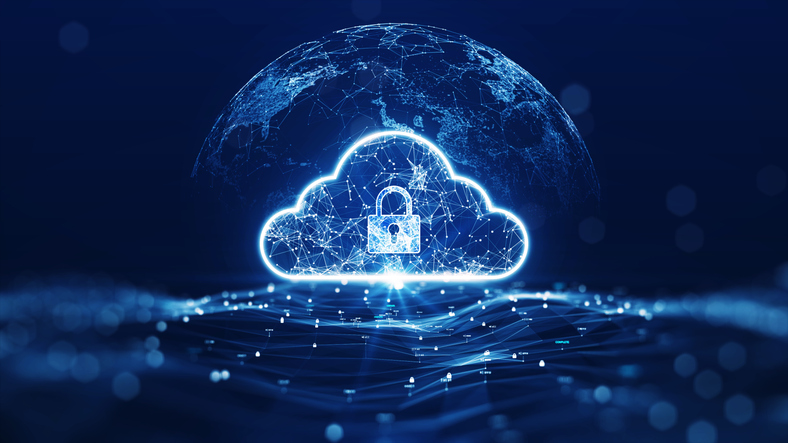Customers are the cornerstone for any enterprise and prove to be the game changers for an organization wanting to increase its market share. Giving in to this concept of customers forming an important part of the value chain of an organization, a software licensing and delivery model was formed in the 1960s. It was then referred to as time-sharing or utility computing by IBM and the other main frame providers. The biggest advantage of SaaS is the ability to install and run applications on the cloud, eliminating the expenses associated with acquiring the hardware, provisioning it, and maintaining it. It offers some additional benefits of having the software without the need to license, install, and support it.
It uses the Pay-as-you-Go model, which is a based on a monthly service helping businesses exercise better budgeting along with scalable usage of the on-demand features and services. One of the major plus points of having SaaS-based services is that they reduce the burden on in-house IT staff without the need to manually perform updates and patch management activities. Some popular products such as Office 365 and Salesforce have a SaaS model embedded in them. This model helps enterprises stay up-to-date with the latest market trends such as cognitive analytics and innovative business processes. Some of the pioneers such as IBM offer more than 100 ready-to-use SaaS business applications for marketing, sales, human resource (HR), finance, analytics, and information technology (IT) domains. Segregating the share of SaaS subscription by different domains, BusinessOps has taken the leading spot going by the number of subscriptions in recent years. Use of SaaS in the engineering domain has decreased over the last five years, as it was one of the first to embrace the technology. There has been some overlap between engineering and DevOps, with the top engineering SaaS products being Amazon Web Services, Google Cloud, New Relic, SendGrid, GitHub, Zapier, and Stitch.
BusinessOps stands second in terms of being a major user of SaaS products, as it is loaded with the responsibility of managing the whole organization and running it smoothly while investing in the right tools for simplifying and facilitating communication. Some of the top business SaaSOps products are G Suite, Asana, NetSuite, Slack, Zoom, Talkdesk, and Mixpanel.
Marketing is the third in terms of being a major user of SaaS products as it is getting increasingly performance-focused with KPI-related information retrieval and tailored solutions. Some of the major automation platforms used as SaaS products for marketing professionals include HubSpot, Marketo, and Clearbit.
The global SaaS market, estimated to be worth $60 billion in 2017, is expected to grow by more than 20% in 2018. As per its current growth rate, SaaS is surpassing the global economic growth by about six times. The global growth rate recorded for 2017 was 3.2%.
Getting down to the prioritizing part, the global SaaS market is integrating with various industry solutions such as cloud-to-cloud, cloud-to-on-premise, and on-premise-to-on-premise solutions through the Application Programming Interface (API) functionality to offer more granularity to the architecture. Some of the API connectors include Mitel, Zapier, and IFTTT. SaaS-based companies are making use of the metadata that is generated upon integration with various solutions such as private, public cloud, and on-premise to power machine learning and artificial intelligence (AI) and develop a positive feedback loop, using the data entered into AI to continue product development and improve the customer service experience. The services they offer to customers include reducing churn, increasing upsells, and propelling users to buy the solution from the trial stage. Thus, AI is expected to enhance SaaS capabilities by automating the responsiveness in customer service operations. These responses can be coupled with natural language processing technology to process the human speech pattern as well as voice control to improve customization. With customization, there will be an overall improvement in security and identification of potential threats with built-in self recovery.
Thus, with the importance given to some recent highlights such as the Panama Papers incident with 11.5 million files leaked from the database of the world’s fourth-largest offshore law firm, Mossack Fonseca, SaaS adoption is on an all-time high.
With enterprise solutions moving toward a cloud-first mentality, from a geographic perspective, the enterprises based out of North America and Asia-Pacific are expected to record the highest growth (i.e. more than 50% growth in the next five to six years). There is also likely to be a growing shift from a cloud-first to cloud-only mentality going forward. With most of the data being data-center-specific, SaaS solutions with a strong mobility presence will connect people to solutions and also enable different business owners and managers to conduct business operations from their pockets or briefcases.




